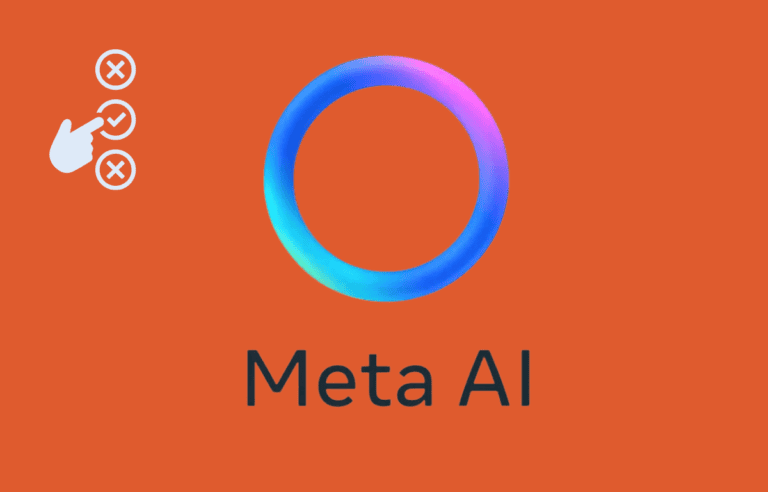Anpassung an Googles hilfreiches Content-Update: Erfolgreiches Online-Unternehmertum
The Google Helpful Content Update rolled out late last year (September 2023) and it shook things up in the digital world. As someone who’s been involved in online marketing for several years now, I noticed the impact it had on many blogs, websites, and businesses.
If you run a website, blog, or online business, you probably felt the effects too. I saw posts all over Reddit from people who lost 50% or more of their organic traffic overnight. Conversations with friends in the industry revealed they experienced drops as well.
It was discouraging for many. However, giving up has never been the solution. With some tweaks and patience, it’s possible to rebound and thrive despite algorithm updates.
Let’s explore some approaches for boosting helpfulness and keeping readers engaged. I hope this offers some ideas to consider on your journey to dominating the SERPs.
What Was the Helpful Content Update? Making Sense of It
In September 2023, Google rolled out an algorithm change called the Helpful Content Update. This algorithmic update focused on showing the most useful information for users by considering content quality.
The goal was to push more actually useful pages to the top of search results and demote low-effort and unhelpful pages that don’t satisfy user expectations. But in practice, it seemed like a lot of decent sites took a hit even if their content wasn’t total garbage.
And some way bigger publishers held their ground on SERPs even if the info they published wasn’t a whole lot more helpful than smaller competitors. Some ranked higher even!
So it had people wondering – was Google really just rewarding helpfulness as they said, or were other factors still playing a role too, like domain authority?
At the end of the day, I think Google’s heart is in the right place. They want search to be a good experience for users.
But measuring “helpfulness” across all of the Internet is no easy task. There’s probably no perfect solution.
Changing Times: SEO Tactics and “Tricks” That Worked in the Recent Past Don’t Seem to Work
It’s no secret that the SEO game is constantly evolving. What worked last year might not cut it this year as Google rolls out new updates.
From my research and chatting with others in the industry, it seems like the Helpful Content Update really shook things up more than usual.
Some tactics I noticed making less of an impact these days include just sprinkling keywords into certain positions of articles. Google’s gotten smarter about seeing through that.
And pumping out tons of mediocre content hoping to rank also doesn’t seem to work like it used to. Quality truly is king now more than ever before.
You can’t just half-ass it and expect results. Google’s prioritizing actually helpful info for users over superficial tricks.
Don’t get me wrong, SEO will always involve some testing and trial and error. But we have to get better at understanding what users really need – not just what we think will game the algorithms.
It’s an adjustment for sure, but focusing on genuine value seems to be the way forward in this new landscape. The strategies that succeed will be the ones that can adapt.
Recovering from the Helpful Content Update
As my research unfolded, there are a few things, besides quality content, that you can implement. That’s besides improving the quality and uniqueness of your article.
The best thing that can happen is you’ll see traffic improvement. The worst thing that can happen is nothing happening (I only focus on white hat and ethical SEO practices).
1. Work on Your Website Authority
You need to improve your website’s authority to be able to compete with the big sites ranking right now. You can do so by building links to your website and working on your EEAT (Experience, Expertise, Authoritativeness, Trustworthiness).
Now, the old approved ways of getting backlinks (and boosting your EEAT) stand. That includes:
- Producing unique and in-depth guides or research, promoting them online to get some backlinks (people tend to link to quality insights)
- Having your quote or advice published on top websites that then link back to your website (and social profiles), through HARO and the likes
- Contributing your posts to other well-established blogs (guest blogging)
- Finding content with lots of backlinks in your niche, creating something better, and requesting the site owners to link to your higher quality content instead (the Skyscraper technique)
2. Approach AI Content Writing Cautiously
It seems like as soon as AI tools became widely available, some people dove right in without any concern for quality. I’ve seen countless examples of sites pumping out reams of content about topics they clearly have little expertise in.
Take the yoga niche as an example. Now you’ve got folks who have never so much as touched their toes cranking out hundreds of pages about advanced poses and breathing techniques.
The content may superficially hit the right keywords. But it lacks any real depth or nuance.
As you can see, this would be something Google is against, and for several reasons:
- The author isn’t an expert in the niche (neither will they bother to do research or at least learn because there’s AI for that!)
- Any inaccuracies and corrections in the content will go unnoticed (the writer has no idea)
- AI for writing is just made up of information already available, and the content would just repeat what others have been saying for years online
I would urge you to use AI the right way, should you decide to use it for writing, as follows:
- Utilize AI writers for content planning rather than writing (researching topics, creating outlines, and finding possible FAQs to add to your piece)
- If you use AI to write content, use the section-to-section approach. Dont automatically generate the whole article in one prompt, but instead ask the AI to produce information for each section, heading, or subheading
- Edit your content (whether partially or fully AI-written) to add your personal stories, opinions, and anything else to differentiate it from what’s already out there to find
Lesen Sie auch: How to Humanize AI Content
3. Don’t Forget New Content
Don’t be too focused on updating your old articles. While updating past blog posts is useful, don’t forget the value of continually developing fresh material as well.
Search algorithms favor websites with recent and original contributions. So, dedicate resources each month to new article ideas.
You’ll be giving readers timely and relevant information on emerging topics. Also, you’re signaling to search engines that your site is actively maintained.
Keep in mind that you’re still battling with thousands of AI content being produced in your niche where some are still getting away with it.
In other words, machine-generated articles present an ongoing challenge. However, you can focus more on quality over quantity and thoroughly research each topic.
The result is that your human-curated pieces will stand out from lower-effort automated content. Chances of ranking go up as Google still values expert-written and personalized blog posts with new information.
Wrapping It up
Only time will tell how things continue to evolve. In the meantime, all we can do is keep adapting like we always do. It’ll be interesting to see which direction Google steers things next.
The best way to adapt to the current SEO situation is to find ways to provide valuable content to your readers. You also need to pair that with long-working strategies, as well as the ones I’ve listed in this article.
I can’t promise that these suggestions will fully restore your rankings. However, they’re techniques I’ve seen work based on my experience in SEO.
Most SEO implementations also take time to show results. So, don’t expect to regain or improve your website’s rankings overnight.
Instead, track the progress to know what works well for you and eliminate what doesn’t. That’s how you can get the results you need faster.







